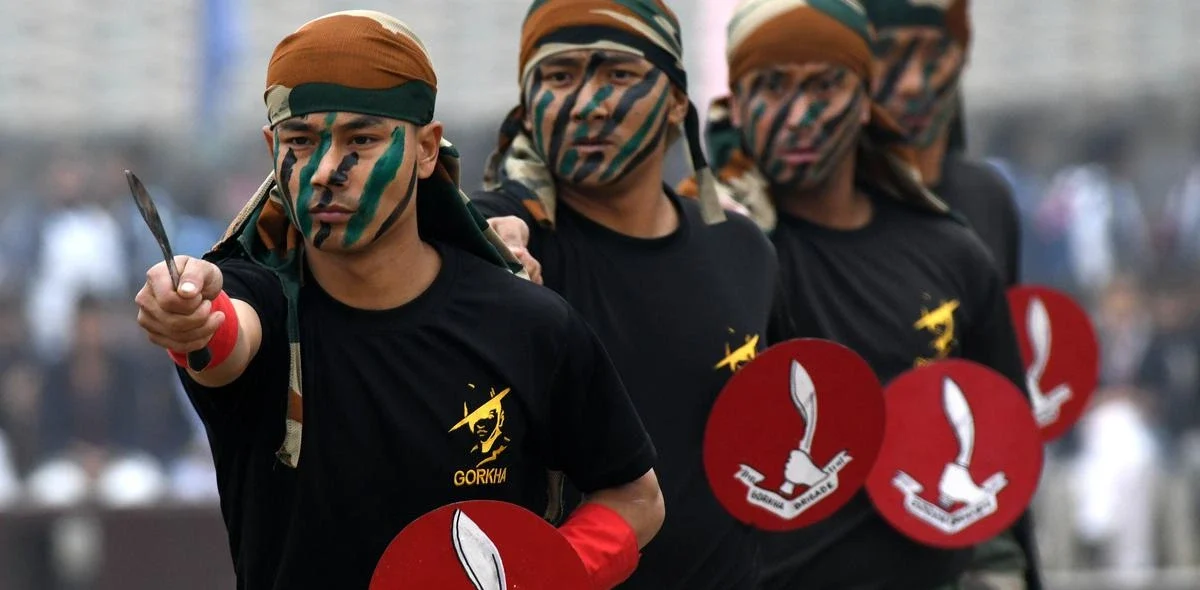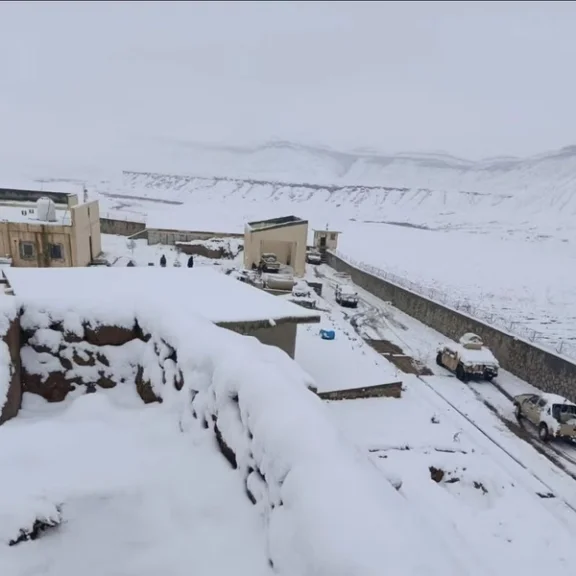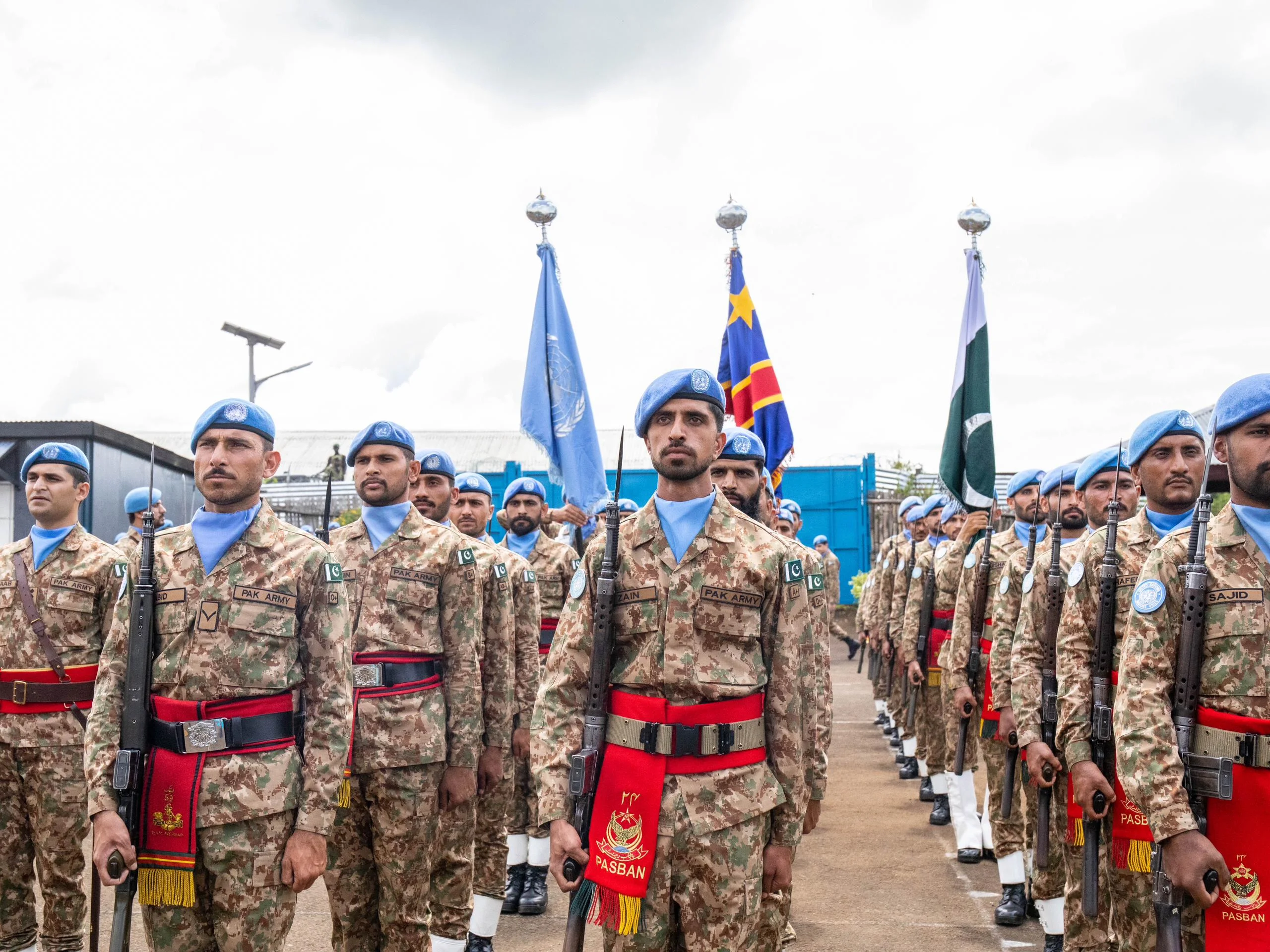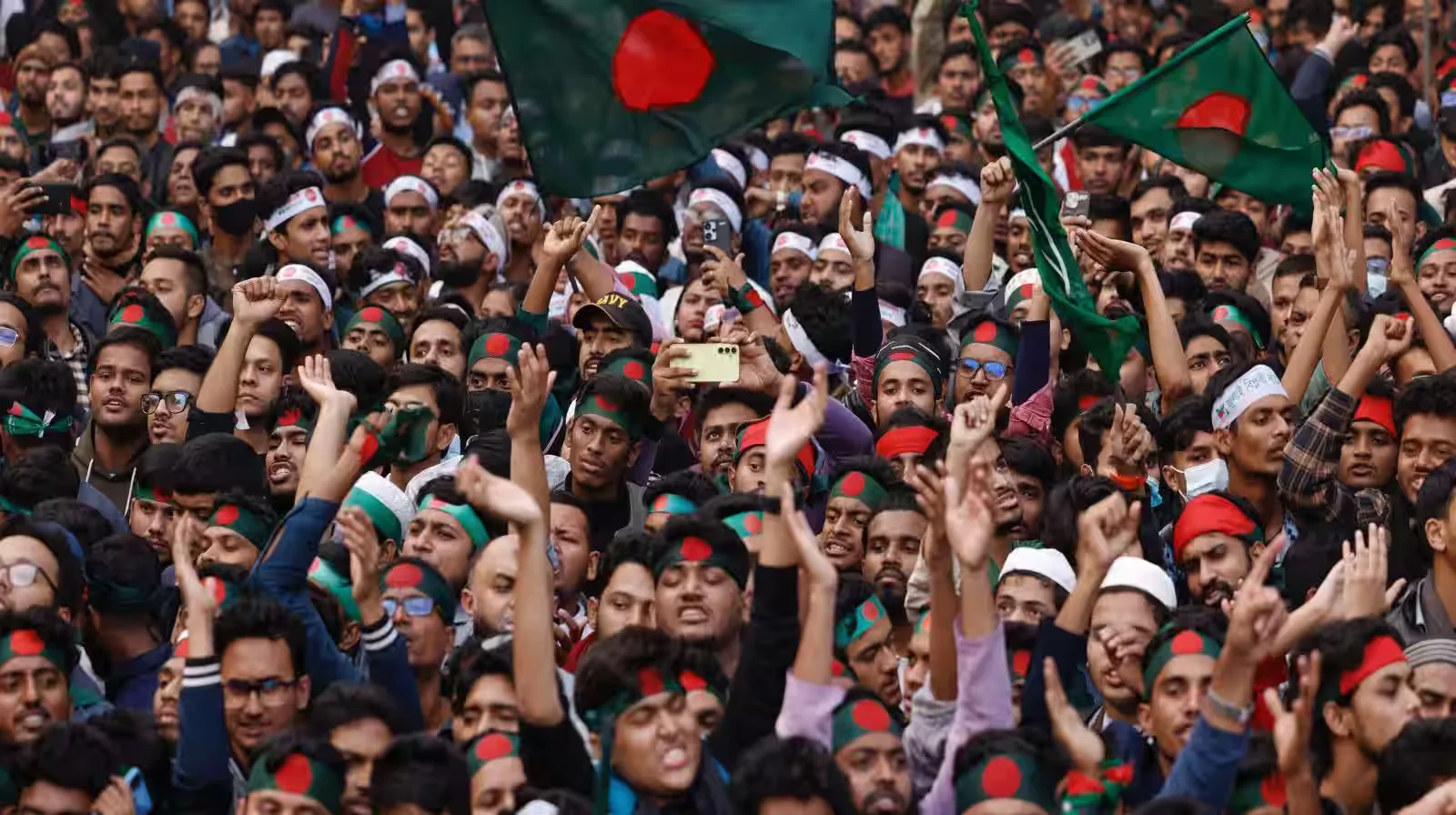“The Gorkha regiments have been a part of the Indian Army since 1815. But provisions under the Agnipath scheme— particularly, the four-year service limitation—will likely alter this association”
Introduction
In June of 2022, the Government of India announced the Agnipath scheme as part of its military modernization plan to recruit younger personnel as short-term contractual employees of the Armed Forces. The model allows recruits, titled “Agniveer,” to serve a four-year contract for a 25% chance of retention, which purportedly allows higher technology investment while sitting within a younger international force, and keep pension costs down. This approach, however, disrupts one of South Asia’s more traditional military service practices, the recruitment and service of Nepali Gorkhas to the Indian Army. After more than 200 years of service, Gorkha regiments illustrate notions of bravery, as well as a strategic tie of the Indo-Nepal relationship. Nepal’s ban on the recruitment of Gorkhas under Agnipath is demonstrative of concerns about socio-economic stability, a cultural legacy, and the acknowledgement of significant strategic ties. This thesis will claim that India and Nepal need to find a way to collectively reform Agnipath into a hybrid Gorkha model, where service is longer-term, pension remains intact, and future job opportunity is considered. Reforming Agnipath will uphold the notion of tradition, provide remittances, and mitigate unemployment in Nepal, all while reaffirming bilateralism between the two states moving forward. The proposal to reform Agnipath will allow both Nepal and India to honour their shared tradition, yet drive modernization within their own military structures.
Overview of Agnipath and Its Challenges for Gorkhas
The goal of introducing Agnipath was to address India’s escalating defense pension responsibility, which comprised almost 25% of the militarized budget in 2022 and directed finances away from modernization. The plan would recruit youth aged 17.5-21 for a four-year maximum term. Compensation starts at INR 30,000 with severance upon exit for those who are not retained, and it is designed for agility – a quick-turnover, technologically-cognizant fighting force following the global trend to combat modern threats (such as cyber warfare and drones). For Gorkhas, there will be implications associated with this scheme. Nepal claims that Agnipath violates the Tripartite Agreement established in 1947 that guaranteed Gorkhas service and pensions. Individuals who enlist for four years will be ineligible for pensions due to limited-required service contracts, and even if they are not released, participants may not have their original service fully counted to warrant earlier benefits. Additionally – recruitment has been suspended since 2022, which undermines the cohesion and traditions associated with Gorkha units. Some retired Indian officers have spoken out publicly to warn that the unit-specific association between sign up and their legacy will weaken, and discontent over India’s unilateral policy in Nepal is building, with political parties accusing India of violating sovereignty. The implementation of Agnipath has to address Gorkhas, in order to move further with modernization and a continued bilateral trust.
Socio-Economic Implications for Nepal
The Gorkha recruitment system is a linchpin of economy in Nepal. The Gorkha service contributes $620 million in remittances each year,3% of GDP and a source of income that sustains education, healthcare, and construction and provides resources for stable livelihoods in a country with unemployment struggles.
However, the Agnipath program has dealt a substantial blow to the Gorkha army recruitment. Following a suspension of recruitment and enrollment since 2022, the short-term contracts, no pension, etc., are threatening the critical Gorkha economic lifeline— increasing pressures on families and possibly pushing youth into overseas employment relationships which might be unsafe and lead to exploitation. Existing labor structures derived from the social support lens of international migration can never accommodate the workers that return from overseas employment, nor does the market benefit from a graduated membership of returnees, which is based on socially agreed upon benefits from youth international migration.
To address this, proposed plans of action include a bilateral program for skill-training and employment placement. A hybrid service may extend ongoing Gorkha enlistment to 10-15 years and some pension support to prevent economic instability for families and boost stability in Nepal’s economy. This approach also adds to the current modernization and economic social responsibility for veterans and their families.
Bilateral Strategic Interests Amid Geopolitical Shifts
The Gorkha regiment represents an important “diplomatic bridge” for India-Nepal relations, and as a strategic counter to China’s regional ambitions. Gorkha loyalty will address India’s northern borders, while the Gorkha veteran population in Nepal establishes a pro-India constituency. The Agnipath scheme upends this frontier policy, producing an unemployed source of ex-Agniveer Gorkhas who can be tapped by adversaries such as Chinese intelligence and ultimately risks that deep history.
This roadblock can be fixed by proposing a bilateral amendment to the tripartite agreement to create a hybrid model Agnipath program which would allow Gorkhas to stay under a special Gorkha provisioning. More coordinated joint exercises and intelligence sharing would improve Gorkhas’ fragile position, and mitigate China’s influence.
OPINION AND WAY FORWARD
Proposed Revisions: A Hybrid Framework
A forward-looking solution is needed to overcome the deadlock caused by the Agnipath scheme and reaffirm the historic India-Nepal relationship. It has to be a solution not imposed from a unilateral basis, but will come from bilateral discussion. The core of the solution should be a Gorkha-specific hybrid model Agnipath model that has been developed collaboratively meeting the unique needs and recognizing the shared history of this military relationship.
Setting Up a Joint Committee
The first and most important step will be for India and Nepal to set up a joint committee of senior military officials, diplomats and economic advisors from both countries. India unilaterally rolled out Agnipath, which clearly undermined trust. Involving a joint committee will demonstrate a return to partnership and mutual respect. The purpose of this committee would be to negotiate and formalize a revised structure that addresses India’s modernization needs, while also covering Nepal’s socio-economic needs and strategic considerations.
Pillars of the Hybrid Model
Fundamentals of the Hybrid Model
The joint committee must establish the hybrid model on four key fundamentals that combat the weaknesses of the normal Agnipath model for Gorkha recruits:
- Longer Service Period and Better Retention: Rather than the four-year service terms of the normal Agnipath model, the hybrid model must have an initial service period for Gorkha recruits of 10-12 years. This longer service period provides greater certainty of career within the military, allows for more developed and richer trends of expertise, and bolsters unit cohesion. Additionally, it should improve the retention rate for permanent commission from 25% to at least a 50% rate. This recognizes the higher quality of Gorkha soldiers and offers more significant and thoughtful chance of a full military career and military commitment.
- Pension Eligibility Guarantee: Nepal’s principle objection is the absence of a pension. Whether this is a hybrid model or just a commitment, the hybrid model must guarantee that every year of service carries over to a pension. It could be a pro-rata system whereby someone who does not stay on at the end of their 7-10 year commitment would receive a business pension or substantial severance package equal to or significantly larger than the pension they would have received. The nations of Nepal’s commitment can be funded by a savings agenda from modernization savings that Agnipath promises to facilitate for five years, and the foundational role that a financial pension provides for the Nepali economy.
- Integrated Skills for Reintegration: In order to alleviate unemployed soldiers upon returning home, the model must have compulsory in-service vocational training and skilling. The skilling programs should be developed in concert with Nepali educational and industrial agencies so that the skills learned (for instance skills in engineering, IT, logistics, or disaster management) are transferrable to the country’s labor market. This converts discharged soldiers from potential social liabilities to human capital who can be leveraged toward the nation’s development.
- A new bilateral protocol governing recruitment: A new bilateral protocol to replace the 1947 Tripartite Agreement is necessary as a mechanism for assuring a reliable annual recruitment quota to Gorkhas, allowing predictability to the recruitment process and the Nepalese economy. Importantly, the protocol must contain a clause confirming that any future changes to the terms of service, benefits or recruitment numbers would be subject to consultation and agreement, restoring Nepal’s sovereign partnership in the process!
Execution and Modification
The proposed framework retains the historic Gorkha service by preserving regimental customs and fulfilling the promise of long-term welfare. It gives a fresh face to the force with fixed service (although longer) and emphasizes youth and capabilities. It stabilizes the Nepalese economy through guaranteed remittances and pensions, while securing mutual strategic interests by building relationships and mutual confidence.
As a practical first step, selected Gorkha regiments could pilot the hybrid model. The process would involve monitoring key variables affecting the model, including recruitment volumes, soldier satisfaction, retention, and one-yard successes after crop service. These could then be adjusted using the data that would be collected. Just as the UK has adjusted Gurkha welfare schemes for decades, this India-Nepal model can be a ‘living’ framework, adjusting to changing contexts over time while ensuring the model is driven by shared respect and mutual benefit.
Conclusion
Amending Agnipath for Gorkhas is not simply a policy adjustment; it will also reinforce India-Nepal solidarity. By taking a blended approach, both nations take a proud legacy forward, yet modernize, protect the social and economic equilibrium and security of their citizens, and strengthen a trusting relationship. A risk to nothing, yet a risk to an irreversible failure, can and will still happen; potential dialogue represents an opportunity for mutual prosperity. The geopolitics of both nations will progress; the Gorkha spirit must remain in order to provide peace in the region.
The views expressed in this article are the author’s own. They do not necessarily reflect the editorial policy of the South Asia Times.







